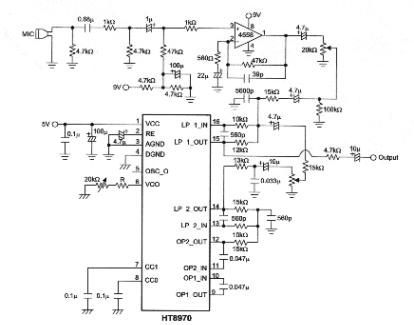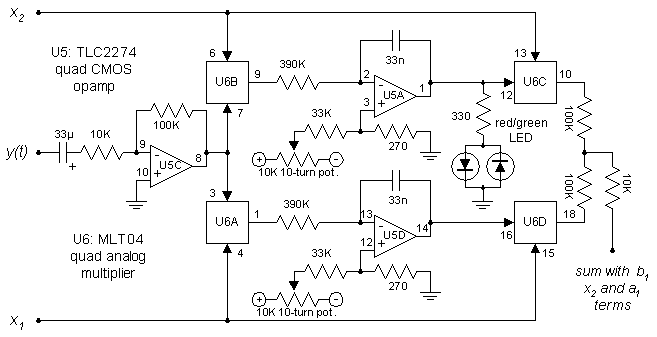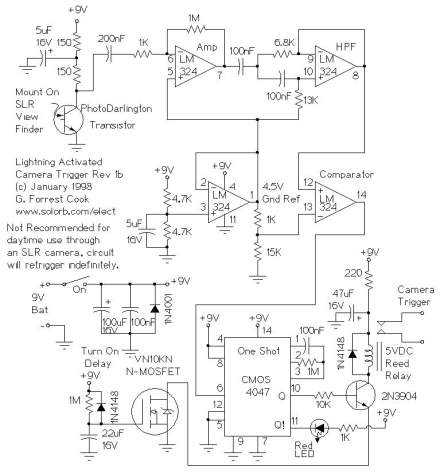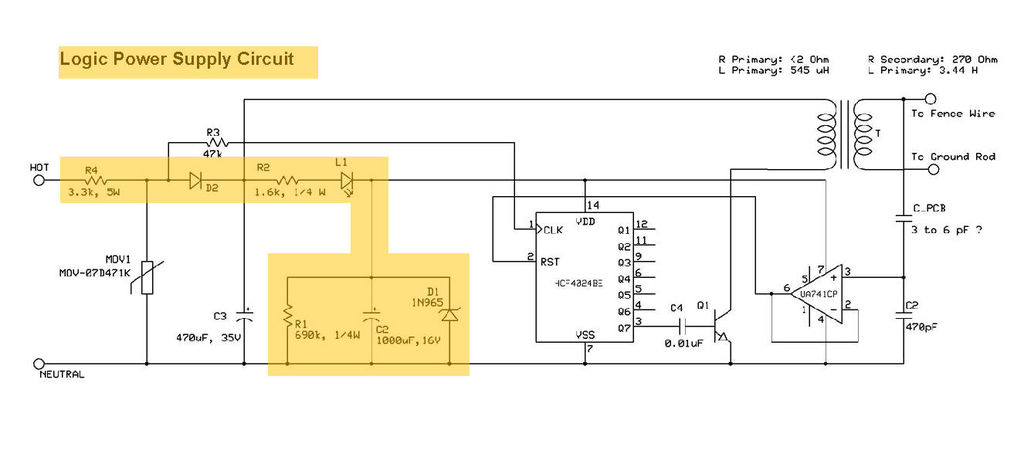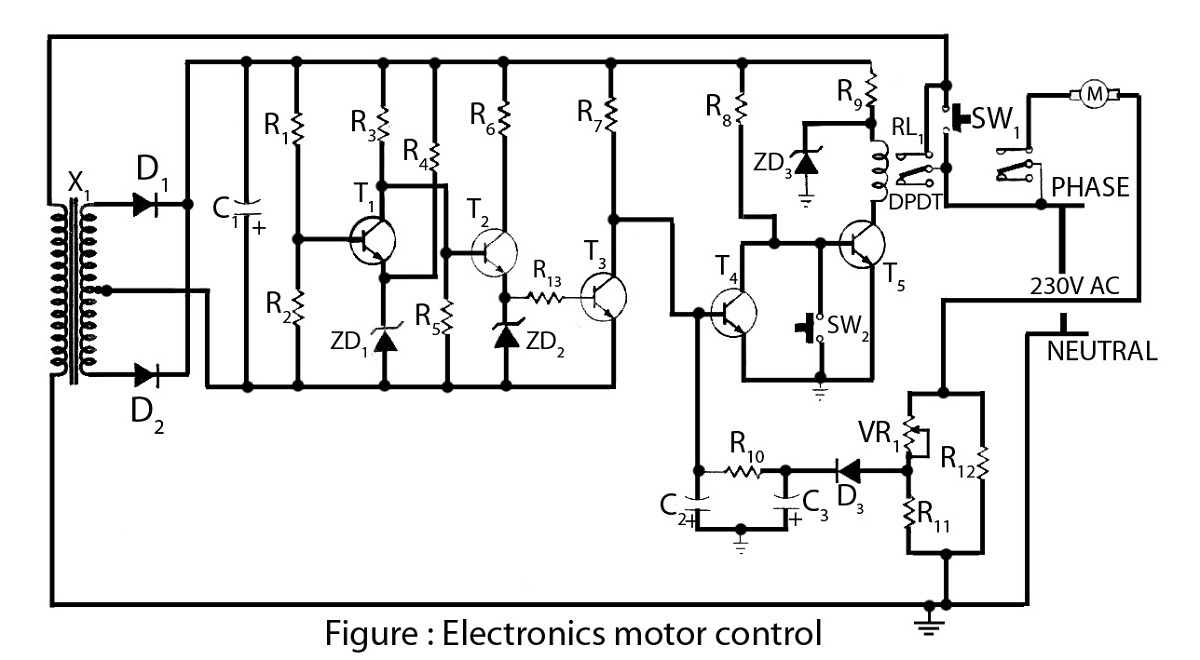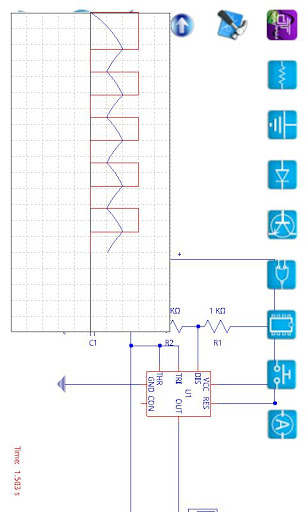
Electronics Engineering Herald - online magazine of electronics -home
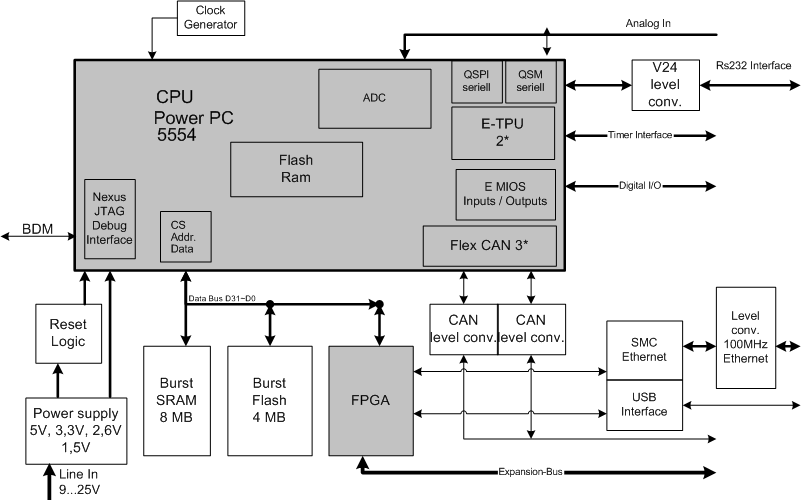
Embedded systems serve as the core of most electronics-based systems, enabling data access, processing, storage, and control. While some simple electronic circuits can be designed without a microprocessor or microcontroller, this approach is often economically impractical, except for basic passive operations. The microcontroller, often referred to as the "silicon brain," is essential in electronics systems. The embedded market is currently experiencing significant growth, with projections indicating continued double-digit growth for several more years, primarily driven by the use of semiconductor integrated circuits (ICs) for data processing. This growth trend suggests a promising career trajectory in the field for at least the next five years, particularly in regions like India, where engineers possess a competitive advantage in programming.
Programming is a critical aspect of embedded systems, but it is not the sole requirement for success. A comprehensive understanding of electronic hardware and various interface hardware—such as those found in automobile engines, ECG machines, and satellite motors—is equally important. This free online course on embedded hardware and software aims to equip participants with the skills needed for entry-level positions and to prepare them for more complex challenges in embedded systems design. It is recommended that attendees hold a Bachelor of Engineering/Technology or Bachelor of Sciences in Electronics or related fields. However, strong theoretical knowledge of analog and digital circuits, as well as microprocessors, can also facilitate comprehension of the course material. A passion for C programming is essential.
An example of an embedded system is a PC desktop motherboard, which includes a microprocessor (like Pentium or Athlon), memory (such as DRAM DIMM modules and onboard SRAM), I/O interfaces (like keyboards and mice), and peripheral communication interfaces (such as PCI and USB ports). While a PC can be used for various applications, using a full-sized computer to monitor a vehicle's engine is impractical. Customizing a microprocessor/microcontroller, memory, display, I/O, peripheral interfaces, and operating systems is necessary for specific applications, a process known as embedded systems development. If a computer system requires real-time responses and high reliability, it is classified as a Real-Time Embedded System. For instance, in a control system where motor speed must adjust immediately upon detecting a parameter deviation, the system must operate without delays.
In summary, embedded systems are specialized computer systems or boards that integrate processors, memory, interfaces, and control devices into a single package to perform specific application tasks. The scope of embedded systems is expanding into diverse applications, including RFID and agriculture, each requiring domain-specific knowledge of interface hardware. For example, developing a coffee vending machine controller necessitates understanding the operation and specifications of the valves that dispense hot water and milk. Development practices for embedded systems differ significantly from conventional methodologies, presenting unique challenges for newcomers to the field.Embedded Systems is simply the brain of the most of the electronics based systems to access, process, store and control the data. Few simple electronics circuits can be intelligently hardware designed without a microprocessor or microcontroller but is not worth the economics except for simple passive operations.
So it`s more or less must to put th is so called silicon brain, which we engineers call as microcontroller in all electronics systems. Embedded market is experiencing best of it`s times and double-digit market growth will continue for some more years. It will continue to grow as long as semiconductor ICs are used for data processing. This may be vague but to be precise, your career growth is assured for another five years. This is only a prediction/extrapolation based on the current trends in the industry. Who knows what may come in future, however next two years, it`s going to be very hot and growing field.
That too for India, where engineers have extra edge over other regions when it comes to programming will surely lead in the growth. Though programming is a major task in embedded systems. Programming knowledge alone won`t help much in getting into this world. The real challenge is in understanding the electronics hardware and also other interface hardware (Automobile engine, heart patient`s ECG, to a motor in a satellite).
Here in this free online course on embedded hardware and software, our objective is to train in embedded systems design to pass entry-level stage and prepare to deep dive into complex embedded systems world, if you find it easy and interesting. We recommend the readers/attendees for this course should be a holder of Bachelor of Engineering/Technology or Bachelor of Sciences in Electronics or it`s closely allied branches.
Otherwise if you are strong in theoretical parts of analog circuits, digital circuits, and microprocessor can also grasp this content easily. One thing is must; you should love C programming. Being an electronic engineer, you might have seen PC desktop`s motherboard; it`s an embedded system. It has microprocessor (Pentium or Athlon), memory (DRAM DIMM module and onboard SRAM), I/O interface (keyboard, mouse etc.
), Peripheral communication interface (PCI, USB port, etc). This PC system`s architecture is designed for application such as net surfing, excel, word, powerpoint, and you know the rest!. Say you want to use same computer to monitor the engine of your bike or car. Can you think of using big PC for that purpose It`s so impractical. The i/p and o/p are totally different, here comes customizing your own microprocessor/microcontroller, memory, display, i/o and peripheral interface and also the operating system.
This field of designing application specific computer systems is called embedded systems development. If the response of the computer system need to be real time and highly reliable then it`s called Real Time Embedded System.
The real time means, say in a control system where a speed of motor need to varied the moment some parameter deflect from it`s original value, then it`s real time; no waiting or hanging. To define in a sentence, Embedded Systems is a special purpose computer system/board, which encapsulates all the devices such as processor, memory, interface and control in single package or board to perform only a specific application tasks.
This only is a list of popular applications. The embedded is now getting into lot more interesting applications such as RFID, Agriculture etc. Each application need some domain knowledge of it`s interface hardware. Say the project is to develop a coffee vending machine controller; the embedded programmer/designer has to have knowledge on how the valves dispensing hot water and milk operate and their technical specification. Development for embedded systems is different from common practices in many ways. For new developers in the embedded systems world, there is a 🔗 External reference
Programming is a critical aspect of embedded systems, but it is not the sole requirement for success. A comprehensive understanding of electronic hardware and various interface hardware—such as those found in automobile engines, ECG machines, and satellite motors—is equally important. This free online course on embedded hardware and software aims to equip participants with the skills needed for entry-level positions and to prepare them for more complex challenges in embedded systems design. It is recommended that attendees hold a Bachelor of Engineering/Technology or Bachelor of Sciences in Electronics or related fields. However, strong theoretical knowledge of analog and digital circuits, as well as microprocessors, can also facilitate comprehension of the course material. A passion for C programming is essential.
An example of an embedded system is a PC desktop motherboard, which includes a microprocessor (like Pentium or Athlon), memory (such as DRAM DIMM modules and onboard SRAM), I/O interfaces (like keyboards and mice), and peripheral communication interfaces (such as PCI and USB ports). While a PC can be used for various applications, using a full-sized computer to monitor a vehicle's engine is impractical. Customizing a microprocessor/microcontroller, memory, display, I/O, peripheral interfaces, and operating systems is necessary for specific applications, a process known as embedded systems development. If a computer system requires real-time responses and high reliability, it is classified as a Real-Time Embedded System. For instance, in a control system where motor speed must adjust immediately upon detecting a parameter deviation, the system must operate without delays.
In summary, embedded systems are specialized computer systems or boards that integrate processors, memory, interfaces, and control devices into a single package to perform specific application tasks. The scope of embedded systems is expanding into diverse applications, including RFID and agriculture, each requiring domain-specific knowledge of interface hardware. For example, developing a coffee vending machine controller necessitates understanding the operation and specifications of the valves that dispense hot water and milk. Development practices for embedded systems differ significantly from conventional methodologies, presenting unique challenges for newcomers to the field.Embedded Systems is simply the brain of the most of the electronics based systems to access, process, store and control the data. Few simple electronics circuits can be intelligently hardware designed without a microprocessor or microcontroller but is not worth the economics except for simple passive operations.
So it`s more or less must to put th is so called silicon brain, which we engineers call as microcontroller in all electronics systems. Embedded market is experiencing best of it`s times and double-digit market growth will continue for some more years. It will continue to grow as long as semiconductor ICs are used for data processing. This may be vague but to be precise, your career growth is assured for another five years. This is only a prediction/extrapolation based on the current trends in the industry. Who knows what may come in future, however next two years, it`s going to be very hot and growing field.
That too for India, where engineers have extra edge over other regions when it comes to programming will surely lead in the growth. Though programming is a major task in embedded systems. Programming knowledge alone won`t help much in getting into this world. The real challenge is in understanding the electronics hardware and also other interface hardware (Automobile engine, heart patient`s ECG, to a motor in a satellite).
Here in this free online course on embedded hardware and software, our objective is to train in embedded systems design to pass entry-level stage and prepare to deep dive into complex embedded systems world, if you find it easy and interesting. We recommend the readers/attendees for this course should be a holder of Bachelor of Engineering/Technology or Bachelor of Sciences in Electronics or it`s closely allied branches.
Otherwise if you are strong in theoretical parts of analog circuits, digital circuits, and microprocessor can also grasp this content easily. One thing is must; you should love C programming. Being an electronic engineer, you might have seen PC desktop`s motherboard; it`s an embedded system. It has microprocessor (Pentium or Athlon), memory (DRAM DIMM module and onboard SRAM), I/O interface (keyboard, mouse etc.
), Peripheral communication interface (PCI, USB port, etc). This PC system`s architecture is designed for application such as net surfing, excel, word, powerpoint, and you know the rest!. Say you want to use same computer to monitor the engine of your bike or car. Can you think of using big PC for that purpose It`s so impractical. The i/p and o/p are totally different, here comes customizing your own microprocessor/microcontroller, memory, display, i/o and peripheral interface and also the operating system.
This field of designing application specific computer systems is called embedded systems development. If the response of the computer system need to be real time and highly reliable then it`s called Real Time Embedded System.
The real time means, say in a control system where a speed of motor need to varied the moment some parameter deflect from it`s original value, then it`s real time; no waiting or hanging. To define in a sentence, Embedded Systems is a special purpose computer system/board, which encapsulates all the devices such as processor, memory, interface and control in single package or board to perform only a specific application tasks.
This only is a list of popular applications. The embedded is now getting into lot more interesting applications such as RFID, Agriculture etc. Each application need some domain knowledge of it`s interface hardware. Say the project is to develop a coffee vending machine controller; the embedded programmer/designer has to have knowledge on how the valves dispensing hot water and milk operate and their technical specification. Development for embedded systems is different from common practices in many ways. For new developers in the embedded systems world, there is a 🔗 External reference
